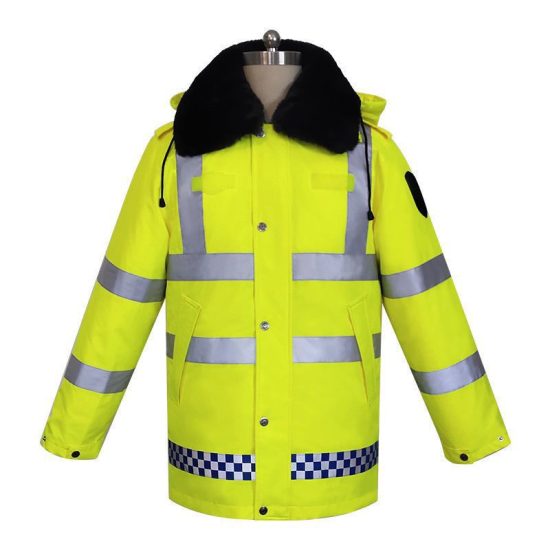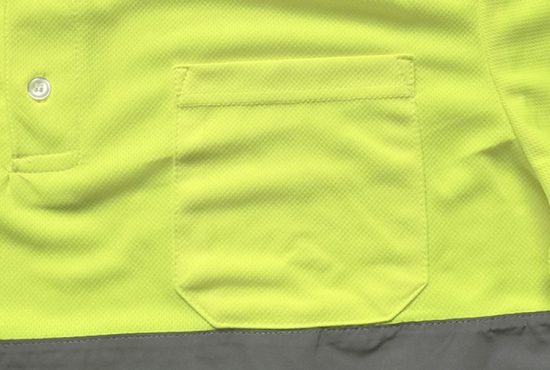Protective footwear is often considered the first line of defense in various workplaces and situations where the feet are at risk of injury. It plays a crucial role in preventing foot injuries and ensuring the overall safety of workers and individuals. Here are some reasons why protective footwear is considered the first line of defense:
- Prevention of Foot Injuries: Protective footwear is designed to protect the feet from a wide range of potential hazards, including falling objects, sharp objects, electrical hazards, and chemicals. It forms a barrier between the feet and these dangers, reducing the risk of injuries such as cuts, punctures, burns, and crushing injuries.
- Enhanced Safety: In many industrial and construction environments, the risk of foot injuries is significant. Wearing protective footwear ensures that workers are better prepared to navigate these hazards safely. It can prevent accidents that might lead to hospitalization or disability.
- Compliance with Regulations: In various industries, regulatory authorities mandate the use of specific types of protective footwear based on the nature of the work and associated hazards. Compliance with these regulations is crucial to maintain a safe work environment and avoid legal penalties.
- Reduction of Slips, Trips, and Falls: Some types of protective footwear come with slip-resistant soles, which can significantly reduce the risk of slips, trips, and falls in slippery or hazardous conditions. This feature enhances overall workplace safety.
- Protection Against Electrical Hazards: In environments where workers may be exposed to electrical hazards, such as construction sites or electrical utilities, electrical hazard-rated footwear provides insulation and protection against electric shocks.
- Chemical Resistance: In laboratories, chemical plants, or industries dealing with hazardous chemicals, chemical-resistant footwear helps protect the feet from chemical spills and splashes that could cause chemical burns or other injuries.
- Comfort and Support: Modern protective footwear is designed with comfort and ergonomic support in mind. Comfortable footwear encourages workers to wear it consistently, reducing the risk of injury due to non-compliance.
- Personal Protective Equipment (PPE): Protective footwear is an integral part of personal protective equipment (PPE) that includes other safety gear like helmets, gloves, and eye protection. Wearing the complete set of PPE provides comprehensive protection.
- Long-Term Health and Well-Being: Foot injuries can have long-term consequences, including chronic pain and disabilities. Protective footwear not only prevents immediate injuries but also contributes to the long-term health and well-being of individuals.
- Enhanced Productivity: When workers feel safe and comfortable in their footwear, they are more likely to focus on their tasks, leading to increased productivity and reduced downtime due to injuries.
In summary, protective footwear serves as the first line of defense against a range of potential foot injuries and hazards in various work environments. It not only safeguards the feet but also contributes to overall workplace safety, compliance with regulations, and the well-being of workers. Choosing the right type of protective footwear based on the specific work hazards is essential to ensuring effective protection.


